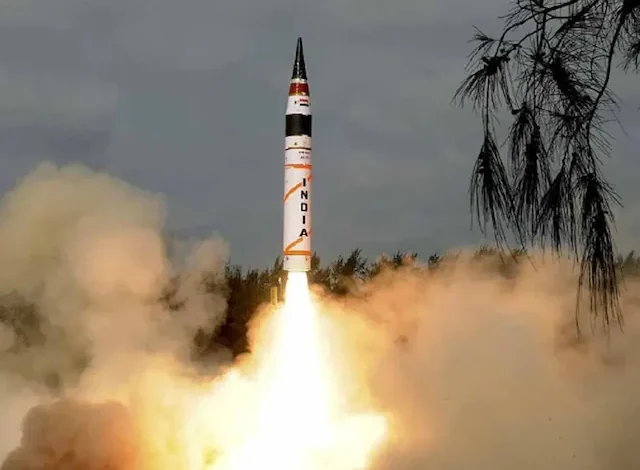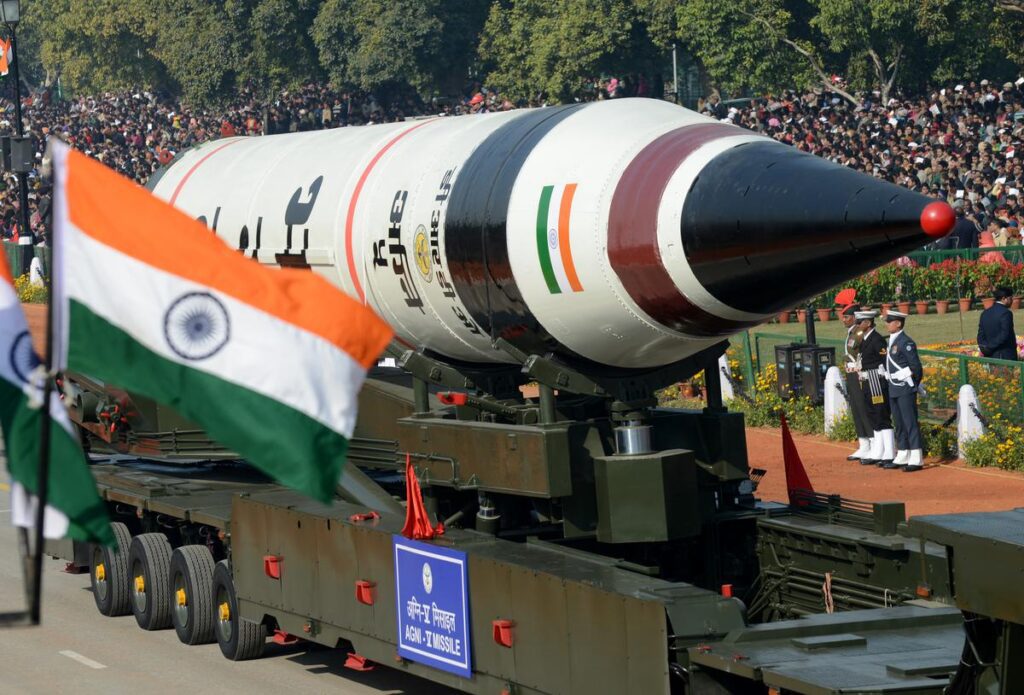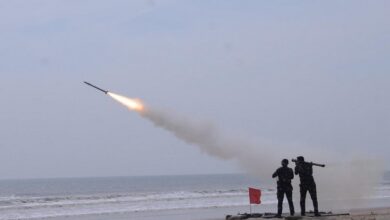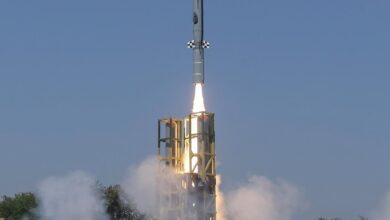India successfully tests the Agni-5 missile as part of Mission Divyastra, PM Modi praises DRDO scientists
The latest version of the missile employs MIRV technology, which was developed at least five decades ago but is now only in the hands of a few governments

India announced on Monday that it had successfully tested an Agni-5 missile capable of launching multiple warheads and hitting multiple targets simultaneously. Prime Minister Narendra Modi signalled the success of Mission Divyastra, as the test was dubbed.
“Proud of our DRDO scientists for Mission Divyastra, the first flight test of indigenously developed Agni-5 missile with Multiple Independently Targetable Re-entry Vehicle (MIRV) technology,” PM Modi said in a tweet.

What are Agni-5 ballistic missiles?
The Defence Research and Development Organisation, or DRDO, developed the Agni long-range missile on its own. Since the early 1990s, the Indian armed forces have used the Agni missile family in their arsenal. This latest version of the missile employs MIRV (Multiple Independently Targetable Re-entry Vehicle) technology, which was developed at least five decades ago but is now only in the hands of a few governments.
With multiple warheads, a MIRV missile can strike several targets that are hundreds of kilometres away from each other.
A long-range missile with a range of over 5,000 kilometres, this Agni can carry nuclear warheads and is mainly aimed at deterring China’s threat.
Currently, the US, Russia, China, France, and the United Kingdom are known to have MIRV-equipped missiles. These missiles can be launched from either land or from a submarine.
This is not the first time that India has tested Agni-5
Agni-5 has been successfully tested several times since 2012. An Agni-5 flight test was successfully completed off the coast of Odisha in December 2022.
Medium to intercontinental versions of Agni missile systems 1–5 have different ranges, ranging from 700 km for Agni-1 to 5000 km or more for Agni-5. In June 2021, DRDO successfully tested Agni P, a canisterized missile with a range of 1,000 to 2,000 kilometres. This implies that the missile may be launched from both road and rail platforms, allowing for faster deployment and launch.
MIRV technology stands out for several reasons
“In contrast to a traditional missile, which carries one warhead, MIRVs can carry multiple warheads,” states the Centre for Arms Control and Non-Proliferation. The missile’s warhead can be fired from a MIRVed missile in a variety of directions and at varying speeds.
Very few countries have MIRVs since they are difficult to develop. The Centre for Arms Control and Non-proliferation stated “The development of MIRV technology is not easy. It requires the combination of large missiles, small warheads, accurate guidance, and a complex mechanism for releasing warheads sequentially during flight.”
India has recently joined the select group of nations that possess MIRV capabilities, despite the fact that the United States and the Soviet Union both possessed the technology in 1970.
You might also be interested in – ISRO initiates development of India’s first space station


